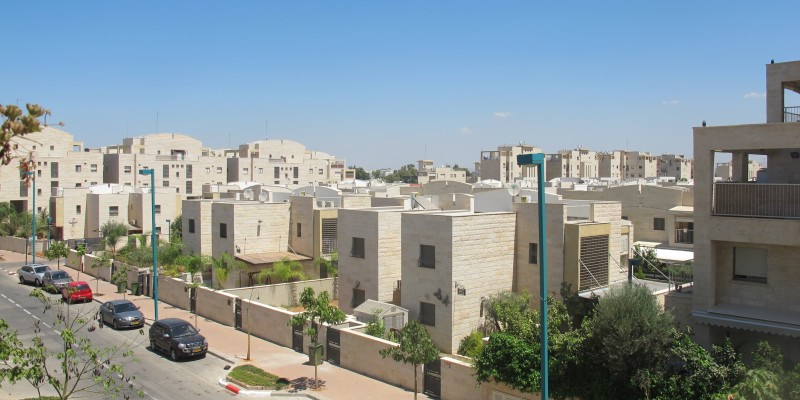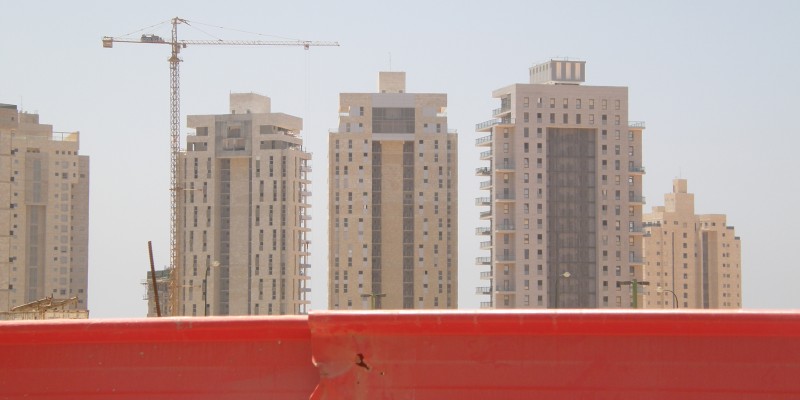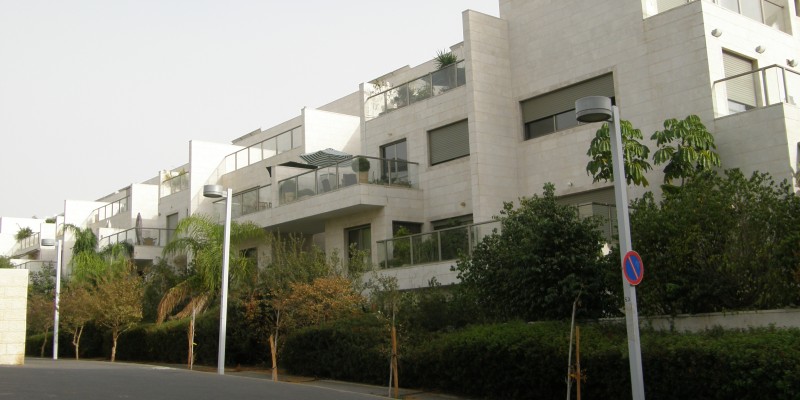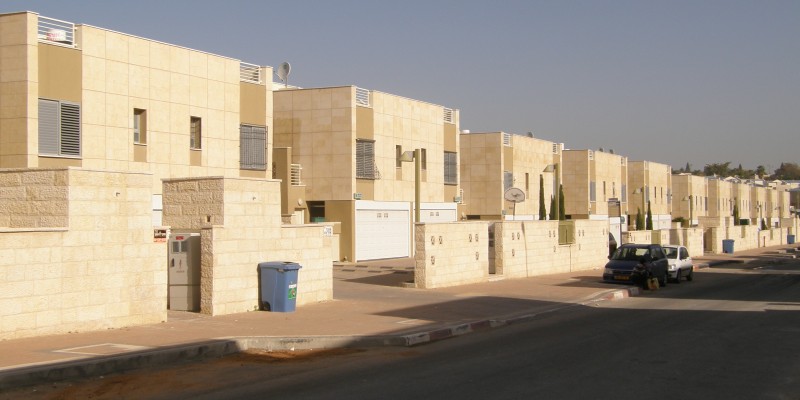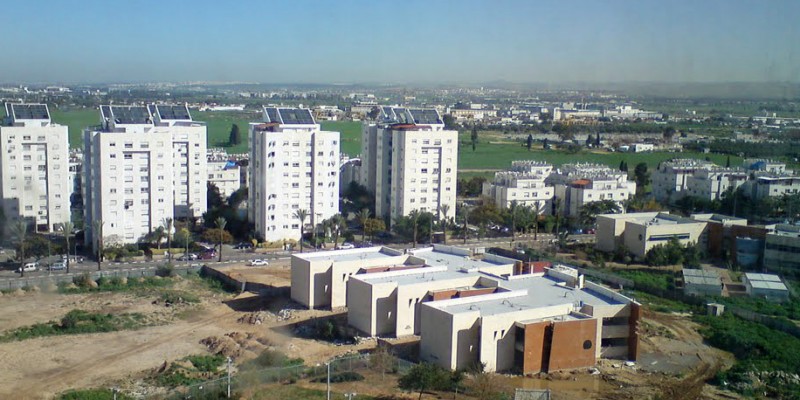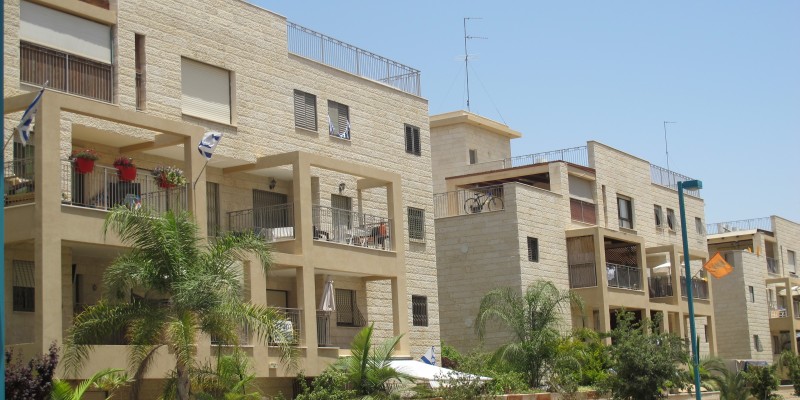Since the state’s establishment, urban development in Israel has followed repetitive planning patterns. These patterns, which have been duplicated and reproduced throughout Israel, leave their mark not only on the built environment but also on Israeli society as a whole. Analyzing these patterns on multiple scales, ranging from the residential unit to leisure/commercial spaces and the urban region, the project offers a rich portrait of Israeli cities. In light of constant growth of cities in Israel, the project presents vital questions, such as: Why do we “copy and paste”? Who are the beneficiaries of this process of reproduction? Is this reproduction a result of pre-planned, top-down policy? Under which historical conditions do planning patterns change and adjust? Should we promote “soft planning”, and if so, by what means? These questions are explored in the context of growing economic, social and political pressures on the planning process, following the debate regarding whether these forces promote a just process or reinforce existing gaps.
2016 | Reproduction and Space in the Israeli Landscape
Support for this project was provided by LCUD, Tel Aviv University.
Project
Team
- PI: Tali Hatuka
- RAs: Roni Bar, Merav Battat, Carmel Hanany, Michael Jacobson, Hila Lothan, Yoav Zilberdik.

